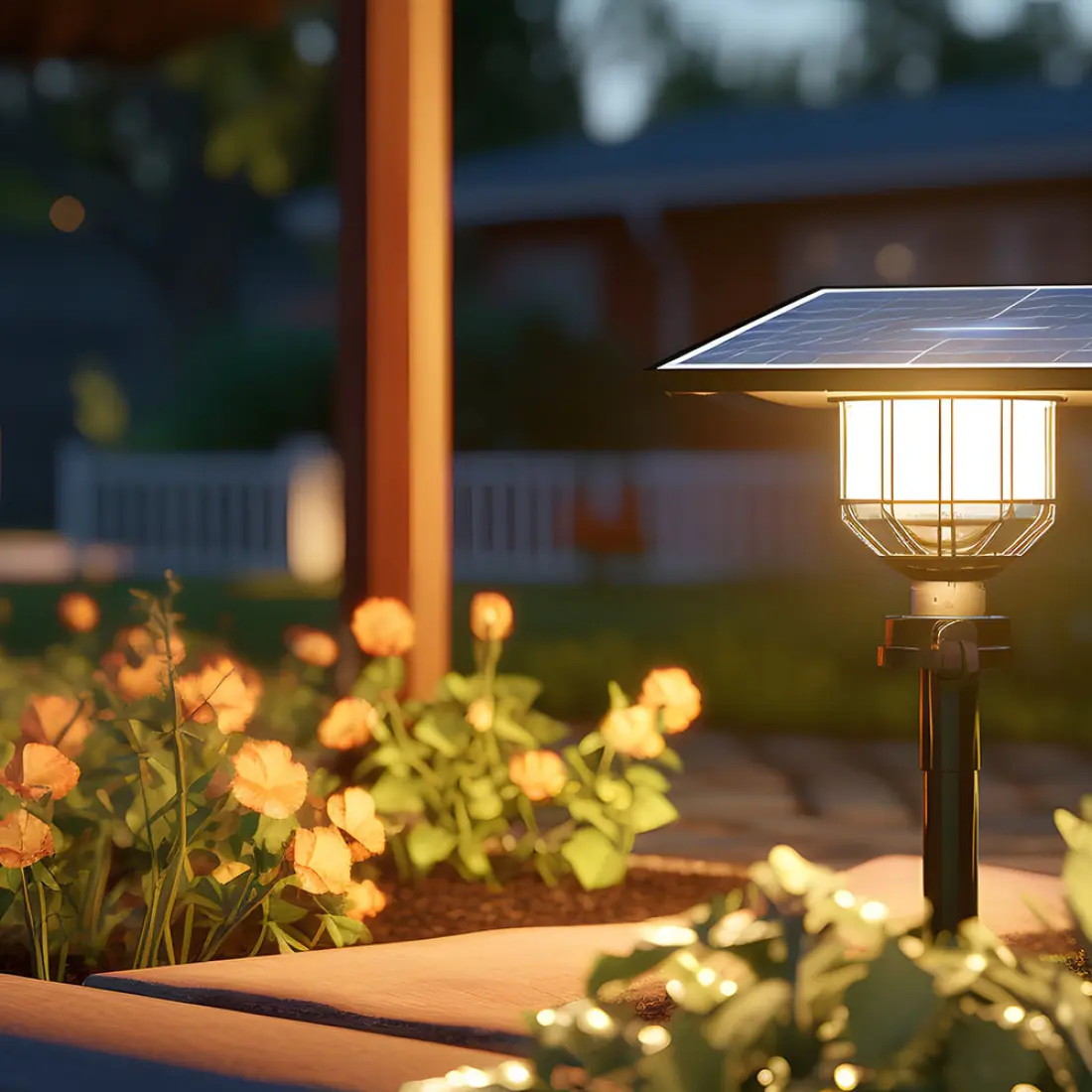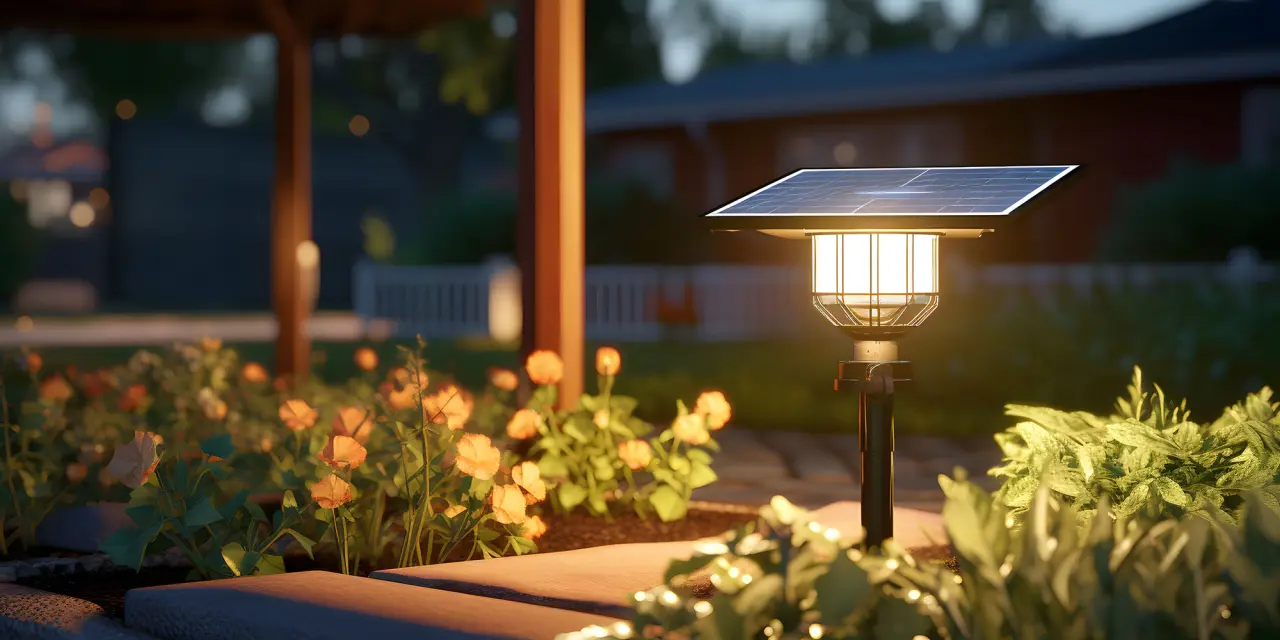How to harness the power of the sun in everyday life


Solar power is quickly gaining popularity as a sustainable, renewable source of energy. This form of energy is widely regarded as the cleanest, most abundant form of renewable energy. With solar panels becoming more affordable and more efficient, home solar power is on the rise, as is the prevalence of solar cells in various appliances and gadgets.
Despite the traditional image of solar power as sprawling arrays of ground-mounted solar panels, companies and individuals are inventing new ways of implementing small-scale solar power in everyday life. This goes even beyond putting solar panels on the roof of a home, and extends to power for the devices and the home equipment that you use every day.
Here are some of the most popular ways you can integrate solar energy into your home.
Swimming pools
Swimming pools are great places to recreate in the spring and summer months — but they can also require large amounts of power to operate. Between heating, cleaning and repairs, maintaining a pool requires a lot of electricity. Opting for solar power provides immediate cost savings and the convenience of onsite power generation.
For example, solar pool heaters use roof- or ground-mounted collectors to concentrate energy from the sun. Pool water is filtered through these collectors to heat up without using gas or electricity. Though it still requires power to feed water through the system, the sun can also supply this with a pool pump that uses solar panels.
Transportation
Solar-powered transportation is quickly becoming mainstream. Some electric bus systems are already integrating these cells on top of their vehicles. Others use “microgrids” at bus depots to decrease dependence on fossil fuels for electricity.
Solar electric vehicles (EVs) may even hit the U.S. and European markets in the next few years, heralding a major shift in how we think about renewable energy. Solar-powered EVs still use lithium-ion batteries, but these are supplemented by solar panels in the cars’ exterior that provide an additional 15–45 miles of driving range. The same technology can power electric bikes and scooters, extending the possible ride distance and reducing dependence on charging stations.
Camping
Even if you’re camping in a remote environment, you’ll likely use a few electrical devices to make life easier, such as flashlights or portable chargers. On longer camping expeditions, you might also rely on an electric water purifier or shower.
Using solar-powered versions of these items saves money otherwise spent on batteries. They also help decrease your reliance on outlets, allowing you to travel farther and longer without plugging in. While this camping equipment might have a higher initial cost, the long-term cost savings and convenience make it a smart investment.
Ventilation
In any building, ventilation heavily affects air quality, temperature, and humidity. Ventilation is also important for distributing heat and minimizing energy loss in your home. Unfortunately, many standard ventilation methods — HVAC, whole-room humidifiers, and attic fans — rely on electricity. Solar energy can help reduce your electric bill while still achieving adequate airflow throughout your home.
There are different ways to use solar energy for ventilation, heating, and cooling. The simplest methods include raising the blinds on sun-facing windows to let radiant heat inside, and to close the same blinds when you want to keep cool. Other ways include buying a solar-powered attic fan, which can greatly increase air circulation and improve the cooling capacity of your home.
Outdoor lighting
Solar power and outdoor lighting make a natural pair. Many solar-powered outdoor lamps and floodlights contain built-in photovoltaic cells that are sufficient to power the lights without ever plugging them in. Solar path lights, string lights, porch lights, and flood lamps can all help create a warm, well-lit outdoor atmosphere while increasing the security of your home. Many of these products can be programmed to illuminate only during certain times, or just when they detect motion.

Wearables
Solar energy also effectively powers wearable devices by converting sunlight into electricity without frequent charging. This extends the battery life of your wearables and makes you less reliant on power sources.
Some solar-powered wearables are already popular among customers who enjoy health and outdoor adventure. For example, solar-powered fitness watches help track sleep, workouts, and daily step counts. Solar lanterns and headlamps are a favorite among outdoor enthusiasts, particularly campers who need to maintain visibility once the sun sets.
Signage
Solar energy helps reduce costs and grid dependence when powering outdoor signs. You can see this technology in action with many highway signs and emergency signals along roads today. Some cities have even begun to implement solar traffic lights, which can continue to operate in the event of an outage.
You may find uses for portable, solar-powered signs in front of your business or your personal life. For example, a roadside sign that you don’t want to lose power can have solar panels and a battery as a backup. Solar-powered signs and signals can also be used just for fun, perhaps on a camping trip or at a music festival.
Cooking
If you outfit your home with solar power, it will become the default source for all appliances in your home, including the ones in your kitchen. If you have enough space on your deck or backyard, you can even use a solar oven to cook outside without gas or electricity. A solar oven works by concentrating sunlight into a central point, heating the food inside.
Portable power stations
A portable power station is a large battery you can carry in your car or trailer wherever you go. It can charge your phone and many other devices that you would normally plug into a wall, but a portable station works anywhere as long as you charge it up beforehand. You can charge any power bank through an electrical outlet, but you can also get auxiliary solar panels to recharge it with the sun.
The addition of solar panels makes a power station even more versatile. You can then take it on a long road trip without worrying about running out of power, and you can use it at home as a backup power source in case of a blackout. A solar-powered battery bank can keep your essential electronics alive even if you lose power for days.
Outdoor decor
In addition to outdoor lighting, the sun can power many other types of outdoor decor. Solar fountains and birdbaths use solar panels to power internal pumps. You can even find lawn ornaments that use panels to power features like lights, moving parts, or musical chimes.
Some solar-powered decor is particularly popular around the holidays. For example, solar icicle lights give off a white glow at night after charging during the day. Solar-powered inflatables are festive yard decorations that light up, move, and make sound.
Conclusion
While the interest in renewable energy is still growing, there are already many unique uses for solar power even beyond installing solar panels, and technology continues to improve. There are many cases now, and there will likely be more in the future when you can rely on the sun instead of an outlet for a clean and inexpensive source of electricity.